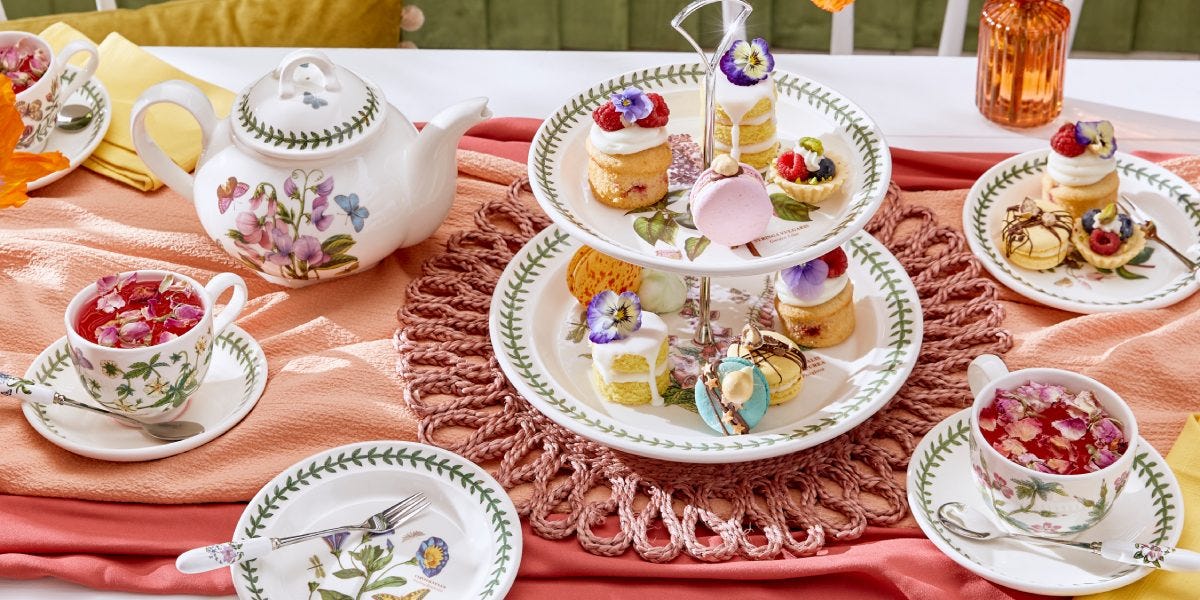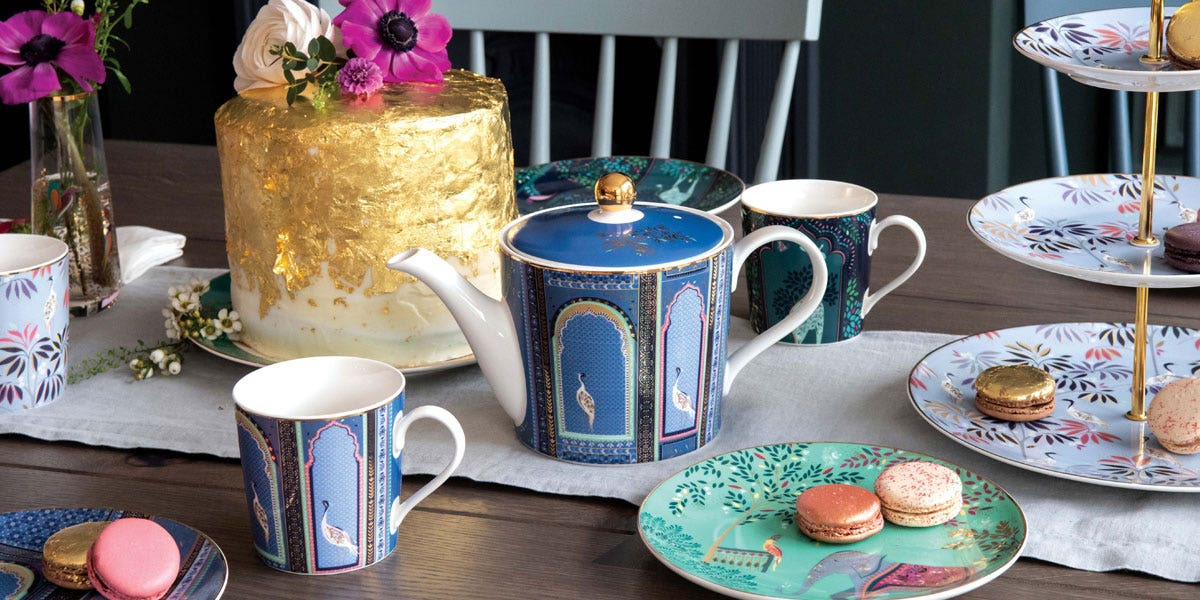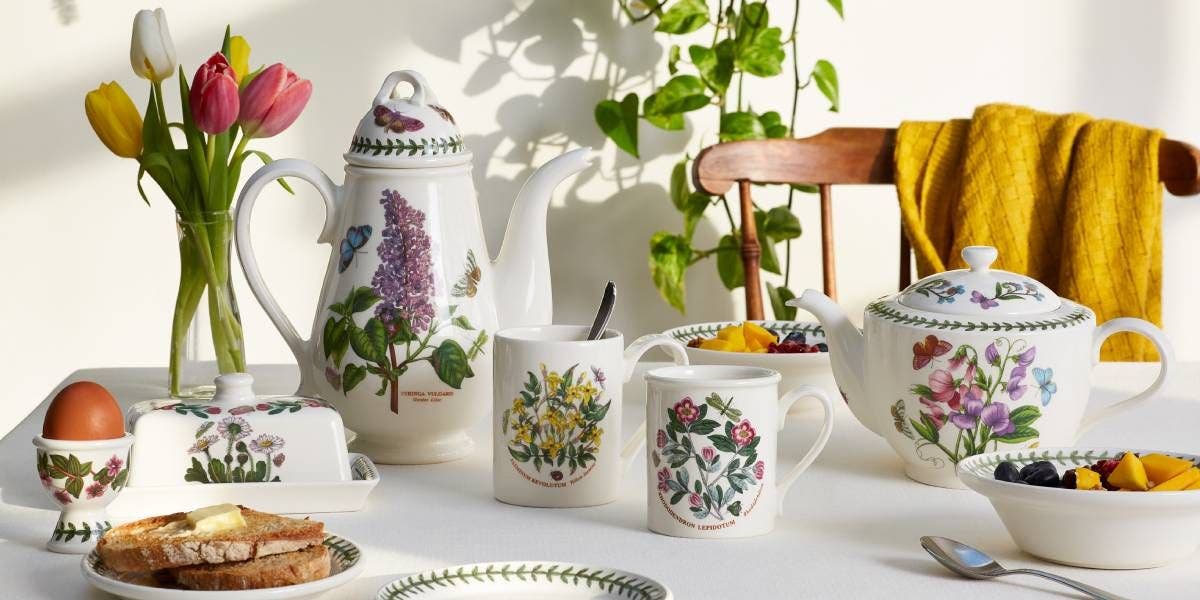Candle Safety
It is important to understand and be aware of the safe use instructions found on candle labels therefore we have set out the most common symbols used and what they mean below.
Never Leave A Burning Candle Unattended
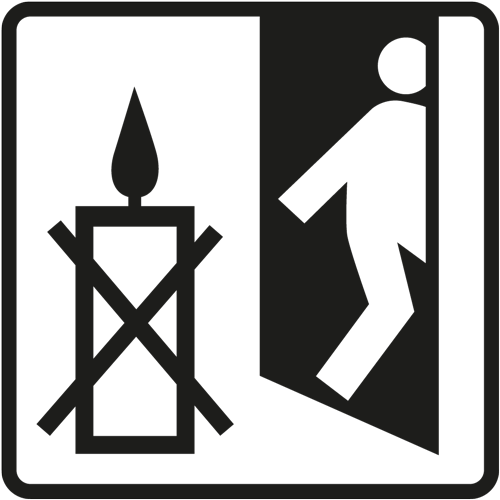

Always put out candles when leaving a room or before going to sleep. You should also put out a candle if the candle smokes, repeatedly flickers or the flame isn’t controlled.
Burn candles out of the reach of children and pets
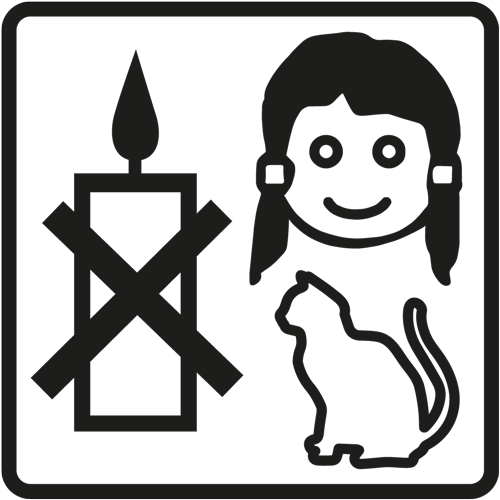

Never place lit candles where they can be easily knocked over by anyone, especially children and pets.
Don’t burn candle on or near anything that can catch fire
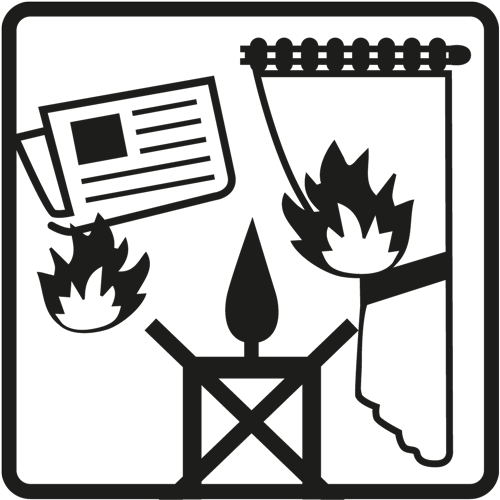

Place candles on a heat resistant and non-flammable surface, at lease 30cm away from anything that can catch fire, including but not limited to curtains, decorations etc.
Leave at least 10cm between burning candles


Follow recommended minimum distance stated on the package, or if not available, leave at least 10cm to be on safe. Candles placed too close together can drip or soot, and tealights can flare up.
Do not place candles in a draught
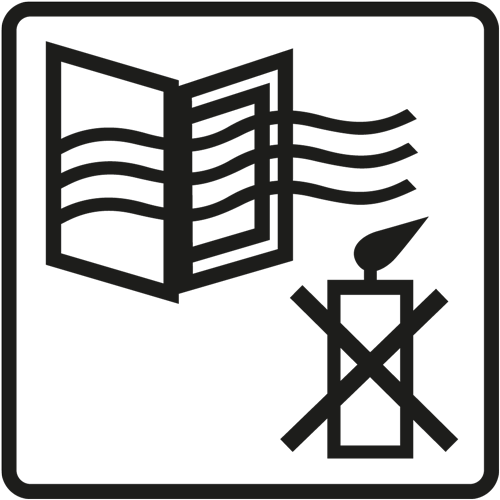

Keep candles out of draughts to prevent rapid, uneven burning, sooting and excessive dripping. Also, lightweight curtains can waft into the flame if in a draught.
Don’t place candles near a source of heat
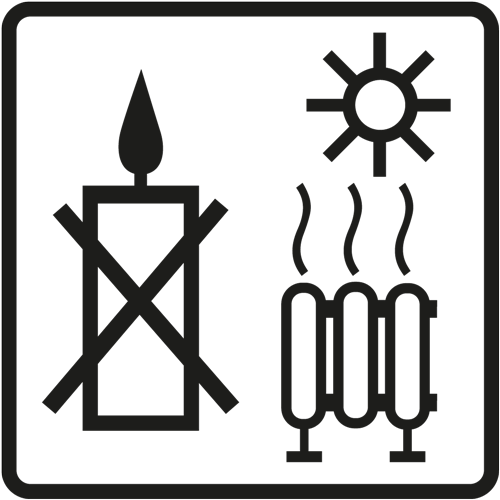

The higher the temperature around a candle, the greater the risks. For example, tealights on a TV can flare up and melt through the plastic, and other types of candles might drip wax.
Always use a candleholder
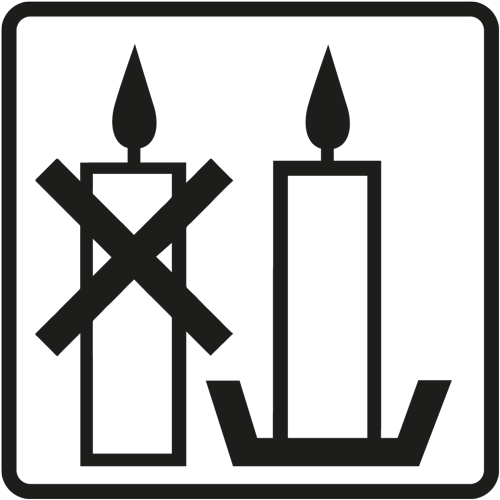

Candle holders should be heat resistant and non-flammable. They should also be stable and big enough to collect dripping wax.
Place candles in an upright position
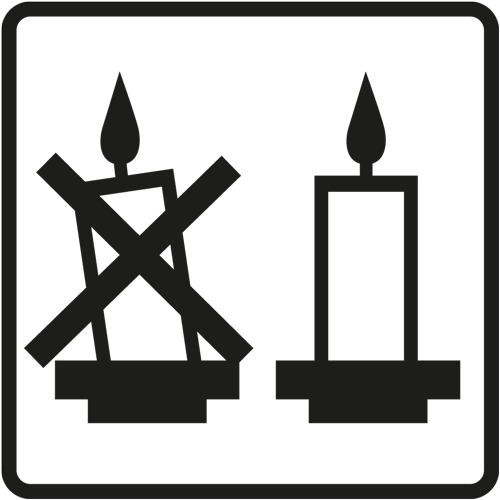

Stand candles straight to avoid dripping and minimize the risk of flaring. Glass cups can crack if the flame touches the side.
Trim wick to about 1cm before lighting


Trim the wick with scissors or a wick trimmer before lighting the candle. If the wick is too long, a lump of carbon might form on it as it burns (known as clubbing) or the flame might become too high and start to soot.
Only use tealights in holders, oil burners & warming stoves with sufficient ventilation
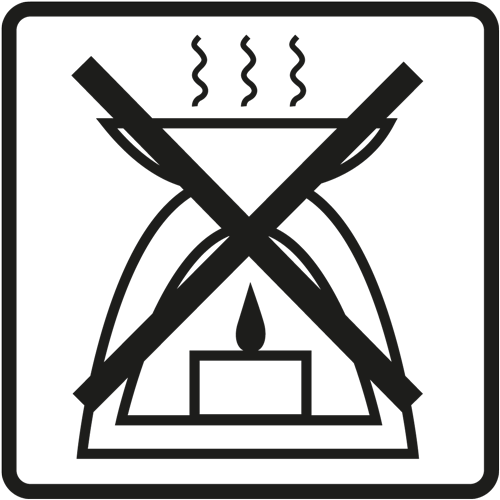

Insufficient ventilation can cause the tealight to flare up.
Keep the wax pool clear of matches and other debris to avoid flaring
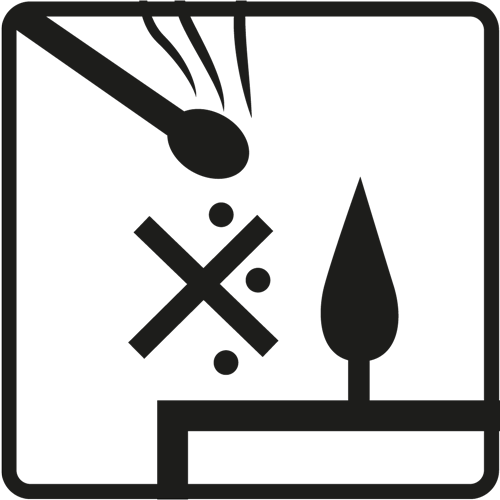

Flammable objects in the wax pool, such as matches, insects, flammable decorations or lumps from the wick, can ignite and cause the candle to overheat and flare up.
Do not move a burning candle
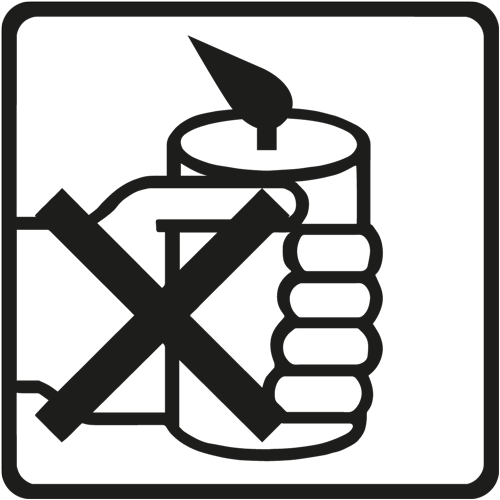

Moving a candle can have the same effect as placing it in a draught (i.e. sooting and dripping). If a tealight is moving when all the wax is molten, the wick might change position and cause the candle to flare up.
Always snuff out the flame. Do not blow it out
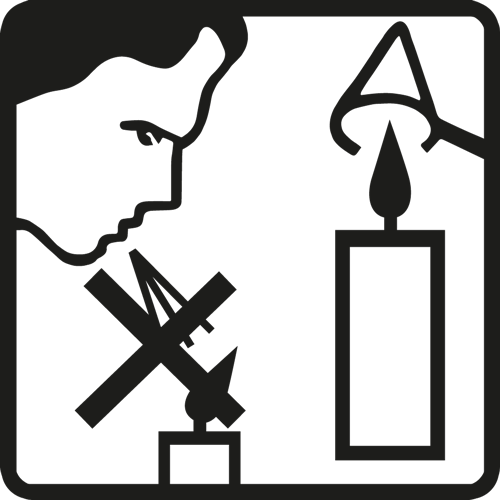

For safety’s sake, use a candle snuffer when putting out a candle. It’s especially important not to blow down at a candle in a container, such as a tealight, as this increases the risk of flaring and hot wax could spatter up in your face.
Never use liquid to extinguish a flame
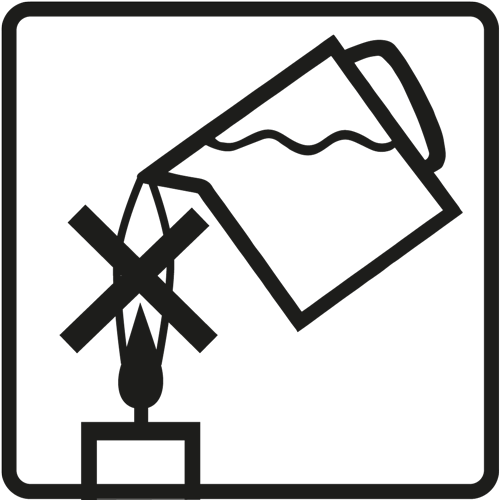

If the candle can’t be extinguished easily, cover it with a damp cloth. Never use water to extinguish candles. The water can cause the hot wax to spatter and the candle container to break.







